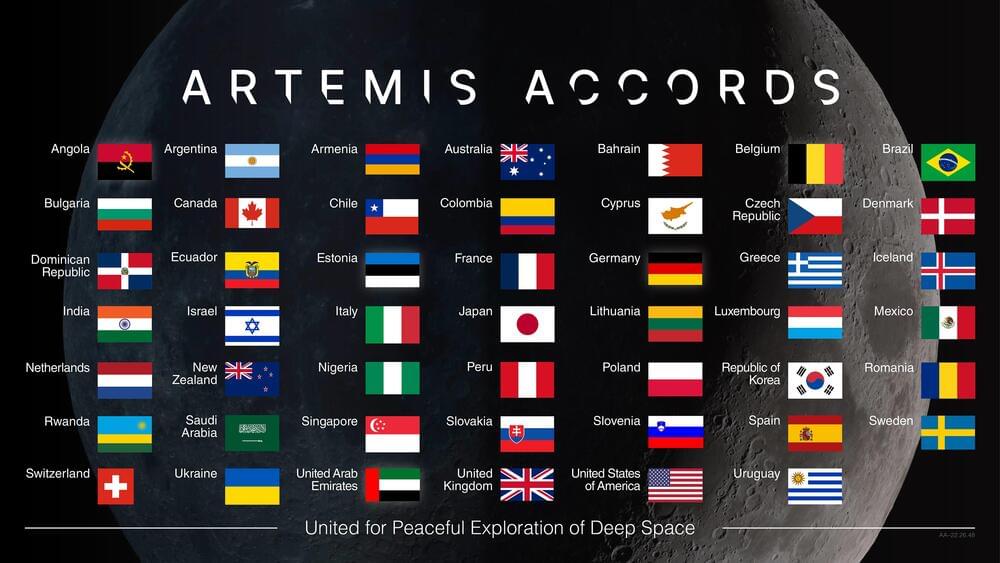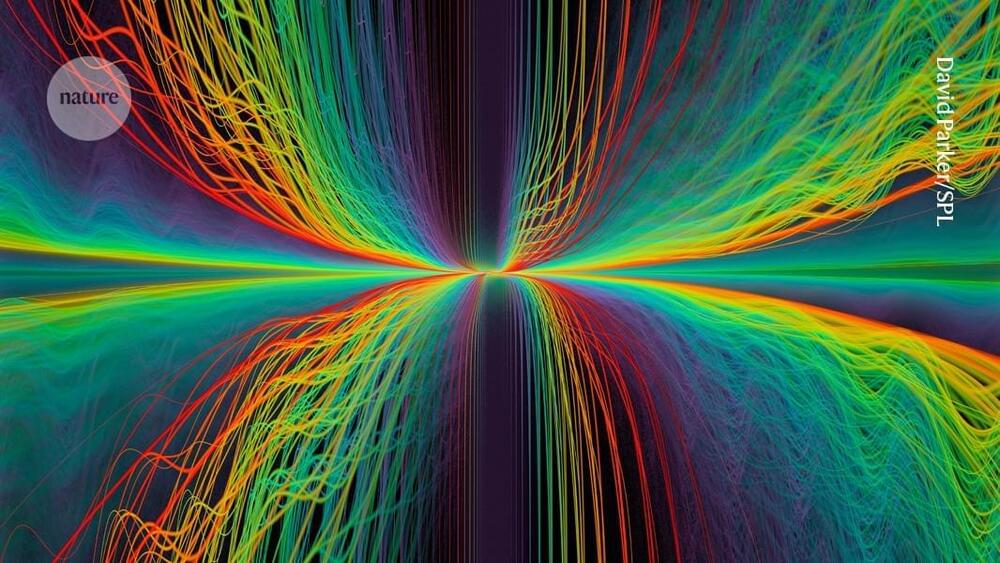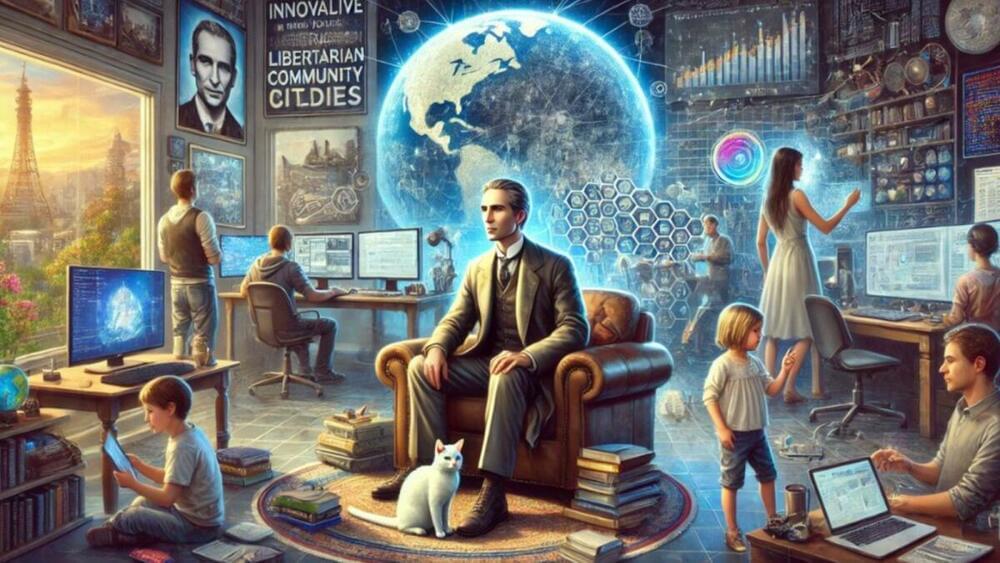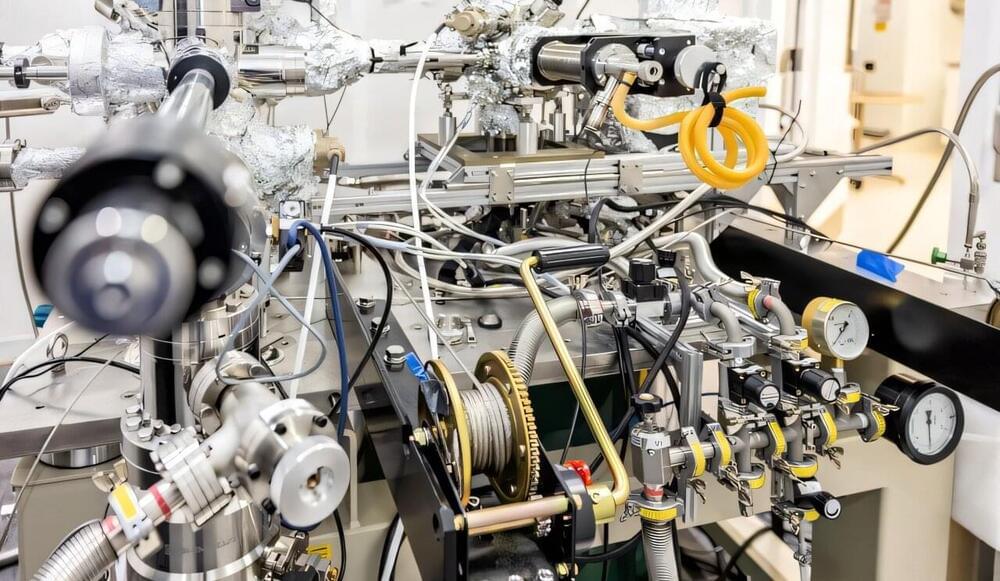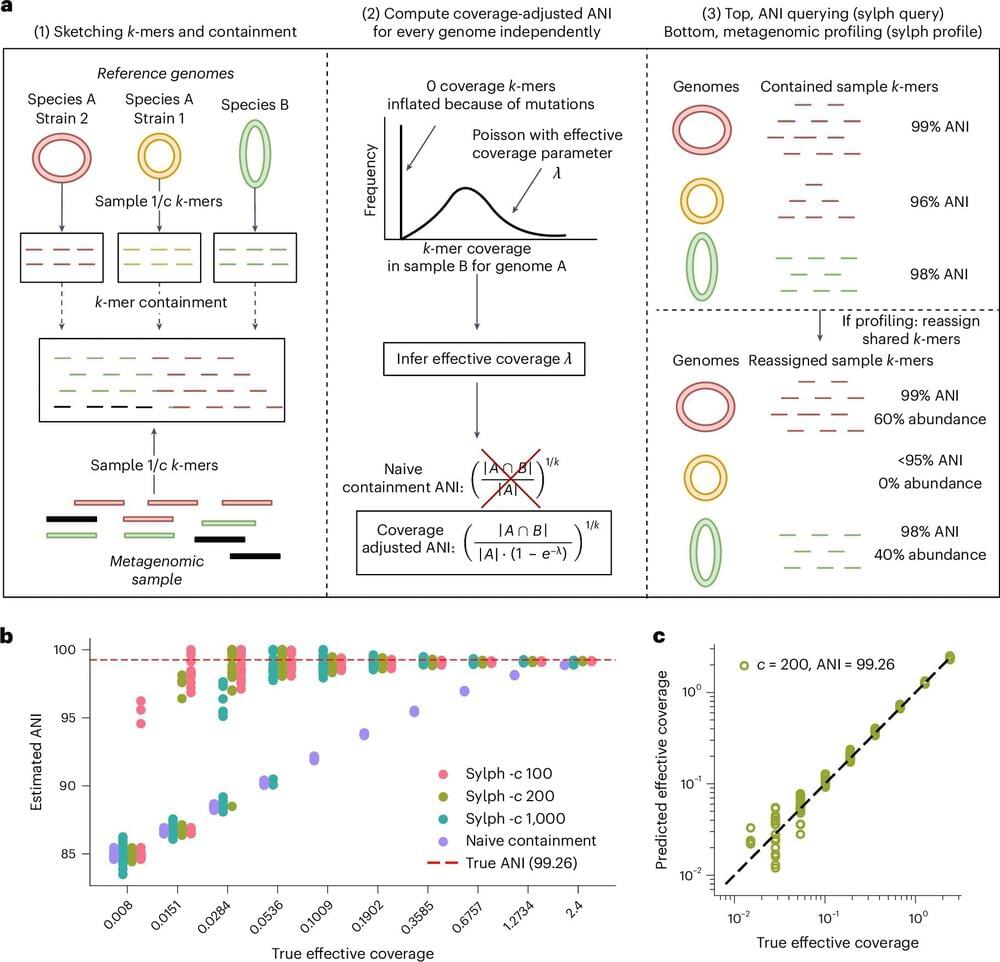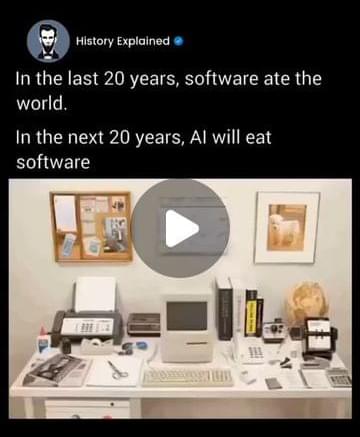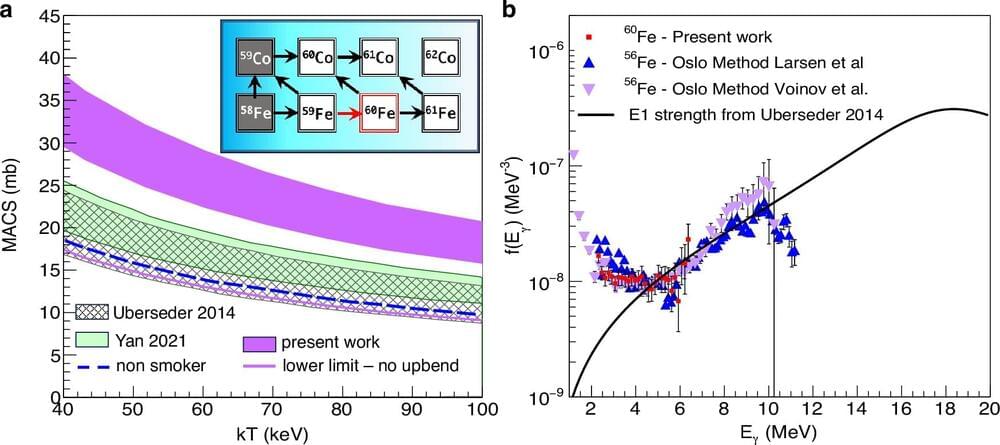Following a signing ceremony Wednesday in Denmark’s capital city, Copenhagen, NASA embraced Denmark as the 48th nation to commit to the safe and responsible exploration of space that benefits humanity.
“We welcome Denmark’s signing of the Artemis Accords today,” said NASA Administrator Bill Nelson. “Denmark, as a founding member of the European Space Agency (ESA), has contributed to space exploration for decades, including collaborating with NASA on Mars exploration. Denmark’s signing of the Artemis Accords will further international cooperation and the peaceful exploration of space.”
Christina Egelund, minister of higher education and science, signed the Artemis Accords on behalf of Denmark. Alan Leventhal, U.S. ambassador to the Kingdom of Denmark also participated in the ceremony, and Nelson contributed recorded remarks.
